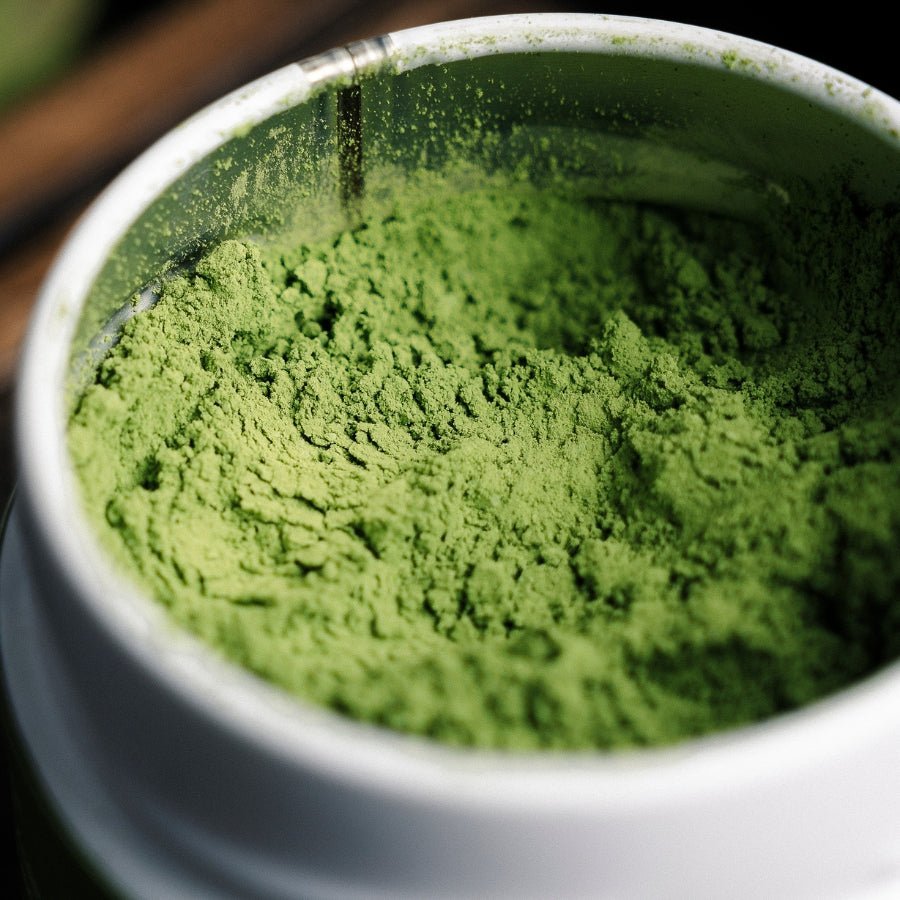

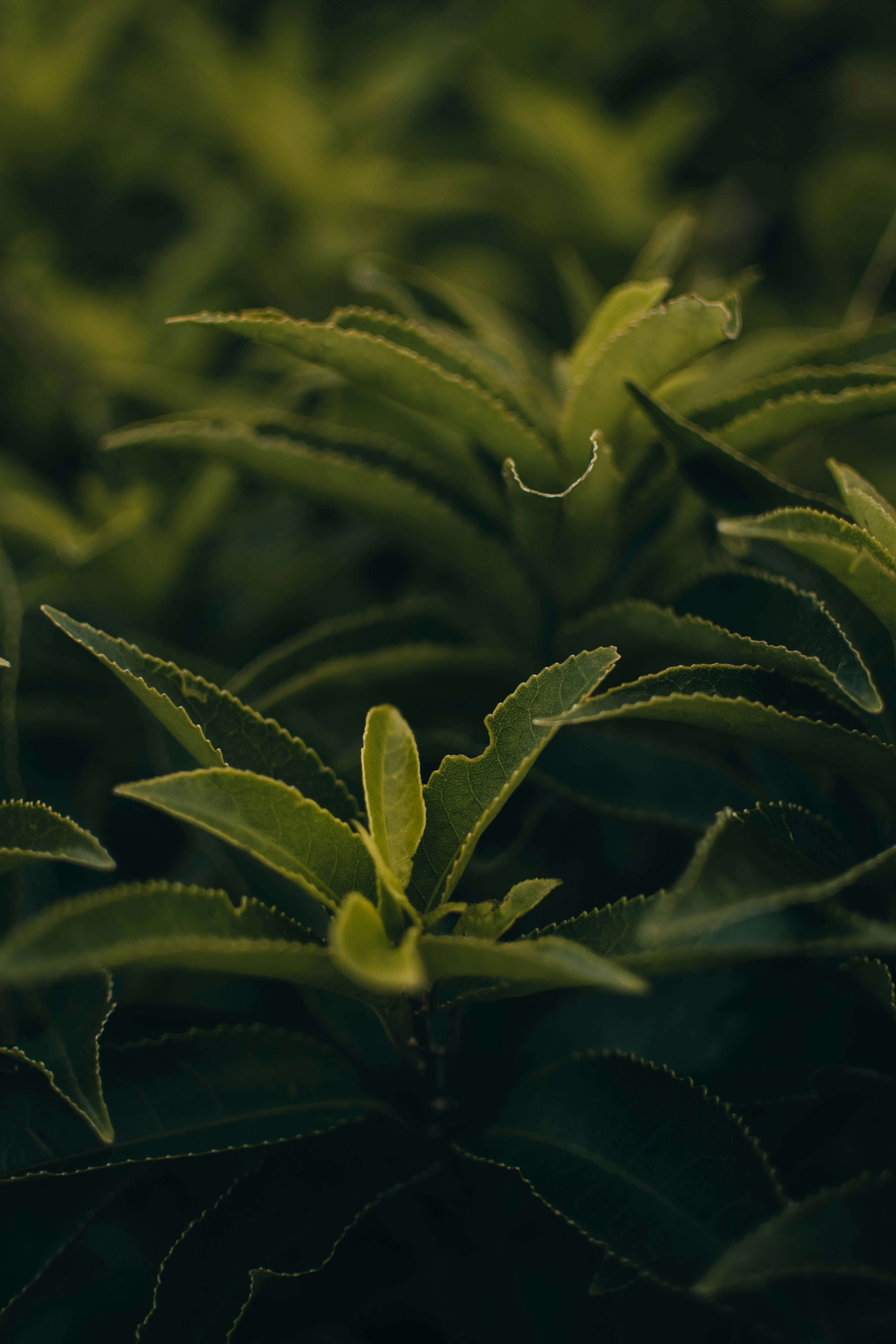
What are shaded teas? The shading process, known as "Ooishita" cultivation, involves covering the tea plants with special nets or straw mats to block sunlight for a specific period before harvest. This increases the amount of chlorophyll α in the leaves, making the tea leaves darker in color and thinner in mesophyll, and maintaining the umami flavor for a longer period of time.
This method has 3 major benefits:
★Enhanced Flavor:The umami and sweetness are relatively greater compared to outdoor cultivation.
★Newly Born Aroma:Development of a distinctive "Ooika" (shaded aroma), which is rich and complex.
★Rich Color: Deep green hue from higher chlorophyll α content which contributes to the vibrant appearance of the tea.
Today, let's compare the Kabusecha, the Gyokuro, and the Tencha (Matcha leaves), and explain each process, its impact and the unique traits resulting from it.
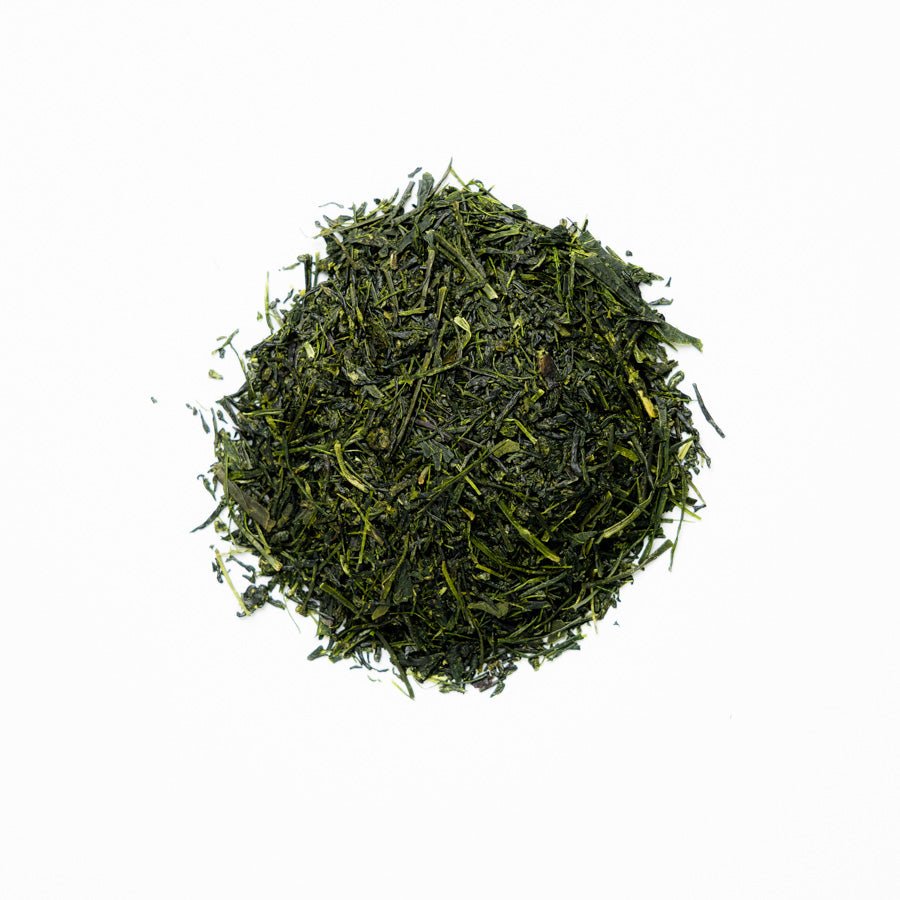
Kabusecha, or "covered tea," is shaded for about one to two weeks before harvest.
This moderate shading period strikes a perfect balance between the vibrant flavors of sun-grown tea and the rich, umami taste of heavily shaded tea.
Kabusecha is known for its well-rounded flavor and aroma, making it a favorite among tea enthusiasts.
Key Characteristics:
★Shading Period:1 ~ 2 Weeks
★Flavor Profile:Balanced Umami and sweetness.
★Appearance:Spindle-shaped leaves, similar to Sencha
★Brewing:Suitable for brewing in a Kyusu.
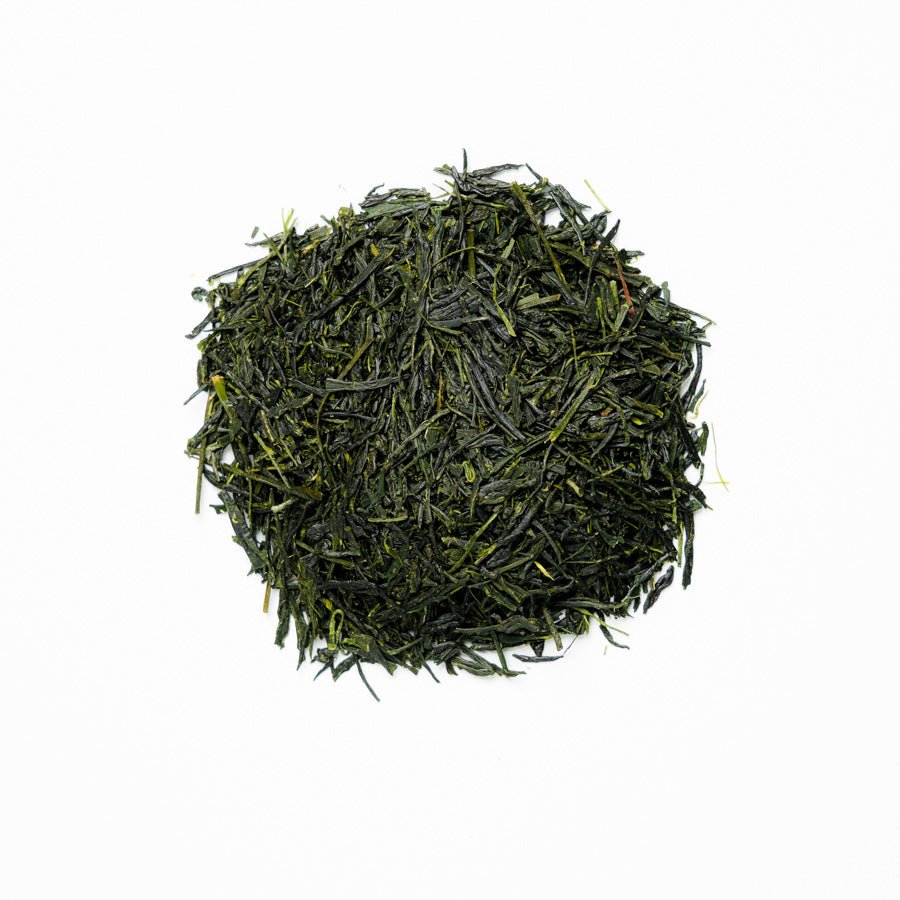
Gyokuro, meaning "jade dew," is one of the most prized Japanese teas.
It is shaded for about three weeks before harvest. This extended shading period results in a tea with a rich, sweet, and umami flavor, accompanied by a deep green color.
Key Characteristics:
★Shading Period:3 Weeks
★Flavor Profile:Rich Umami, sweet, and complex for a premium tea experience.
★Appearance:Spindle-shaped leaves, similar to Sencha with a darker green color.
★Brewing:In a Kyusu at a lower temperature to enhance its delicate flavor.
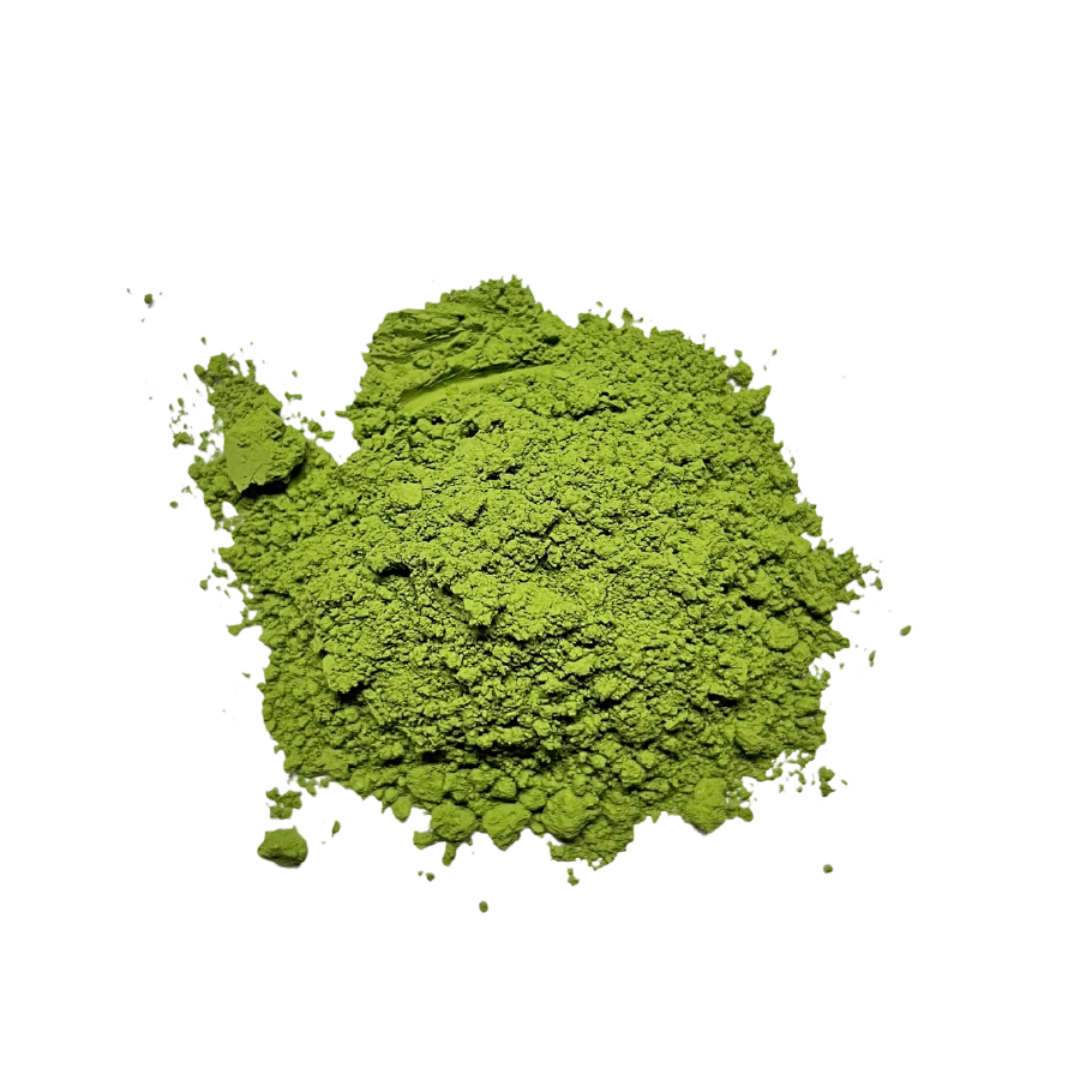
Tencha is shaded for three to four weeks before harvest. Unlike Kabusecha and Gyokuro, once steamed, Tencha leaves are not rolled but are instead dried as they are.
This makes them easier to grind into Matcha, the powdered green tea used in traditional tea ceremonies.
Key Characteristics:
★Shading Period:3 ~ 4 Weeks
★Flavor Profile:Rich umami, with a smooth and slightly vegetal taste, suitable for grinding into Matcha.
★Appearance:Flat, unrolled leaves, which are light and brittle.
★Brewing:Typically grounded into Matcha, but can also be brewed like other loose leaf teas.
Shaded teas like Kabusecha, Gyokuro, and Tencha offer a unique and complex flavor experience that is distinct from sun-grown teas. By understanding the shading process and its impact on tea, you can appreciate the intricate flavors and aromas that make Japanese tea so special.
Whether you prefer the balanced taste of Kabusecha, the luxurious flavor of Gyokuro, or the rich umami of Tencha, exploring these shaded teas will deepen your appreciation for Japanese tea culture.
We encourage you to try these exquisite shaded teas and discover the nuanced flavors and delightful aromas they offer. Each type of shaded tea provides a unique glimpse into the artistry and tradition of Japanese tea making.
Enjoy your tea journey and share your experiences with us! Follow us on our social media channels for more insights and updates from our Tea Master, Honda Mohei.